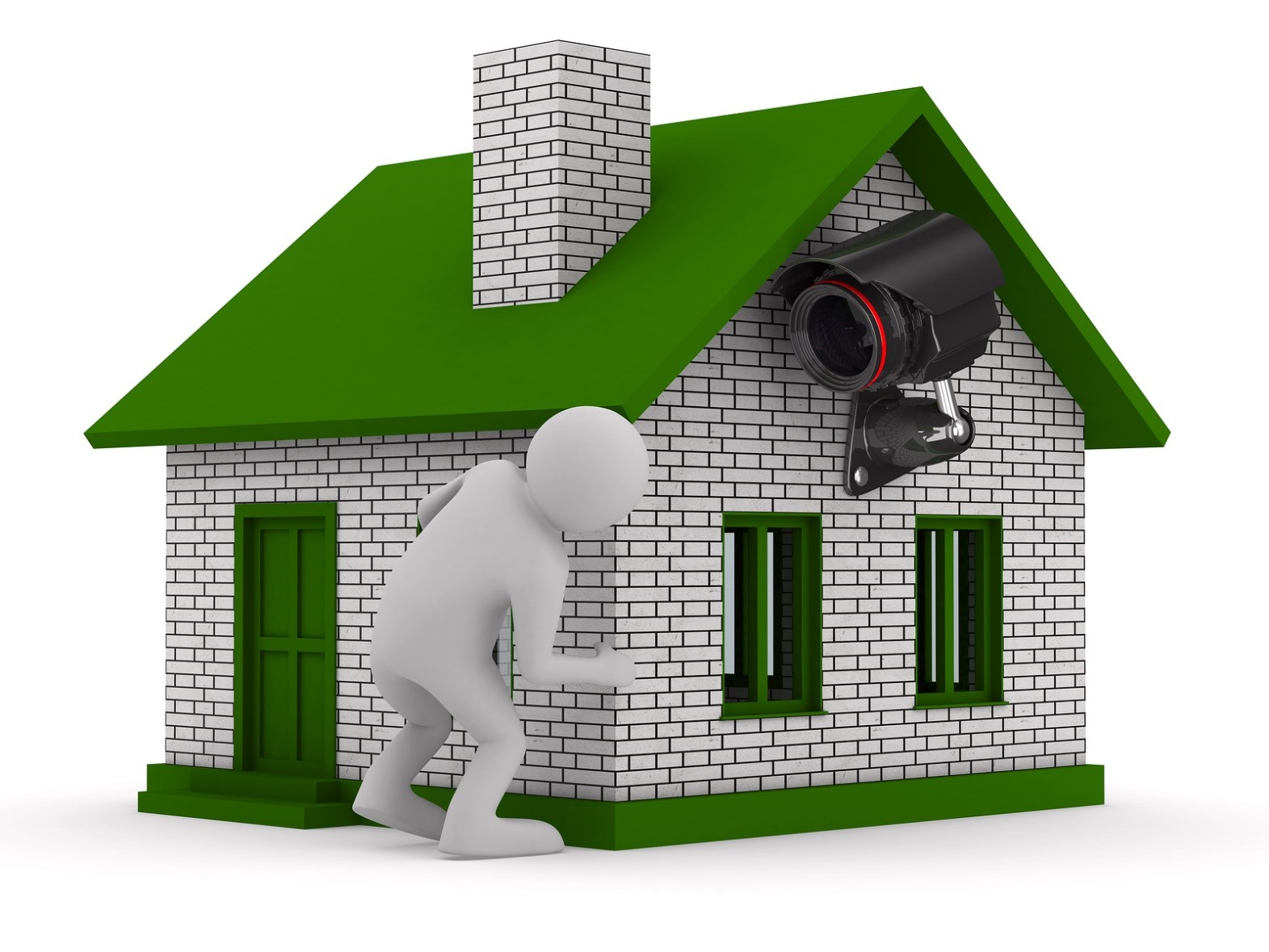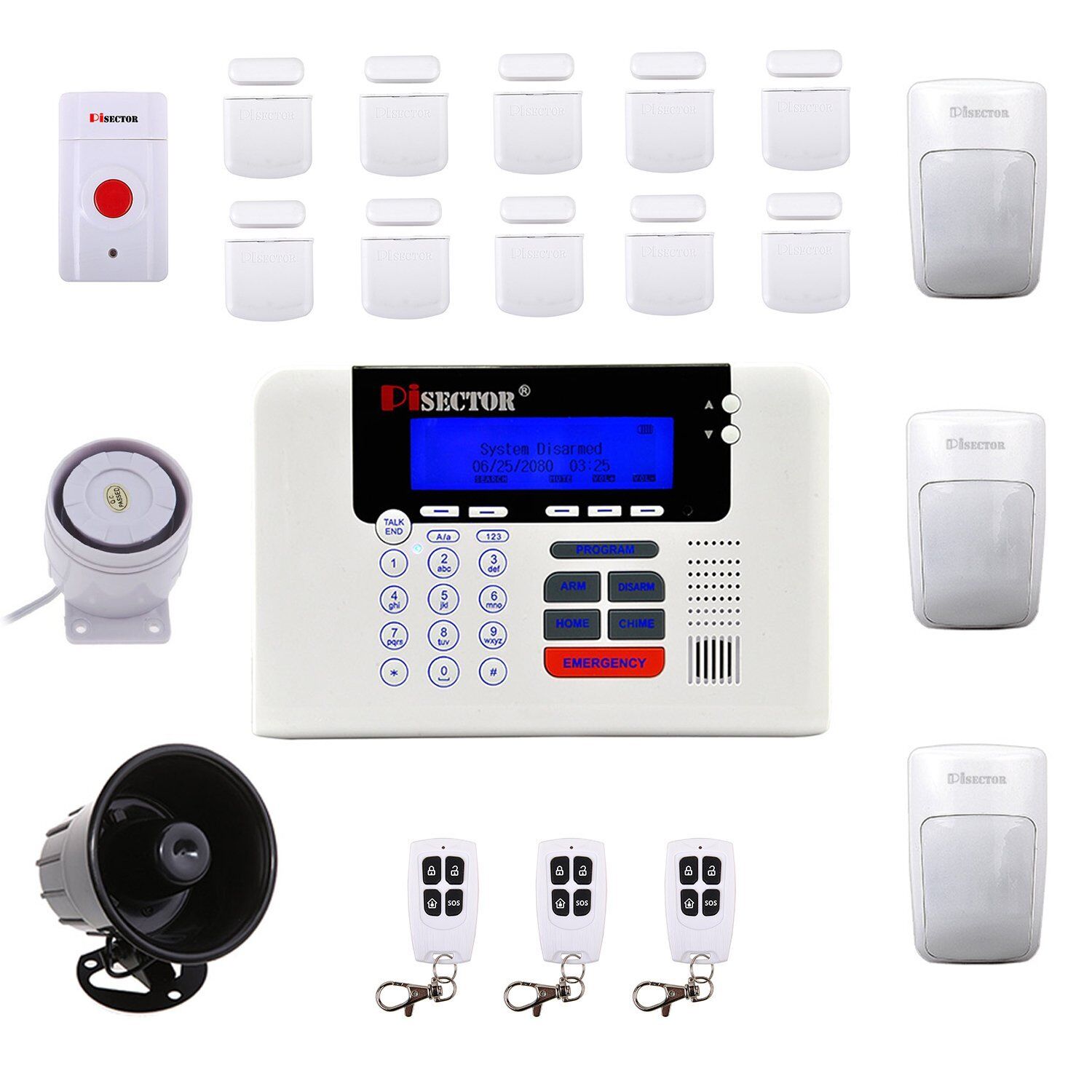Table of Content
When we were doing research for this review, we were unable to verify the company’s emergency response time. If you want to learn about Scout Alarm’s unique history in the marketplace, and discover more details about the system, read the full review. Armed with the right information, you can make the best choice for the safety and security of your home and family. Customers report a high rate of satisfaction with the company’s customer service and support. The system is easy to use, customizable, and is compatible with iOS, Android, and desktop use for remote access and control. The tool-free DIY installation is simple to complete depending on skills and experience in this arena.

Most security cameras will include a small light that will turn on when it's recording, though that may not be a reliable indicator if the camera has been hacked. Others, like Arlo's indoor camera, include design features that make it totally clear when the camera is watching and when it's not. In general, though, devices with physical shields are always a solid option if you're worried about maintaining your privacy. Verisure offers high-quality home security systems and professional monitoring across a range of selected European and South American countries; Verisure does not operate in the US.
Why Abode is smarter than the average DIY system?
Of course, you may still be undecided or would like to gather more information. The purpose of a security camera is to surveil or monitor your home. The devices are quite useful in fending off thieves and burglars. In fact, the very presence of a security camera is often enough to stop a criminal and make them think twice about their life choices.

We then combined the information from the survey with each system's score across these key factors to come up with the final ranking for our list. Scout Alarm will appeal to DIY enthusiasts requiring a system with plenty of home integration capabilities. The company allows customers to create the package that best meets their needs. Some of the outstanding features of the Scout system include award-winning monitoring provided by C.O.P.S. And RFID stickers use radio waves for security. The system comes with battery backup in case of power failures, and the system can run for 24 hours without outside power. Scout devices can integrate with a wide variety of devices including Google Home, Nest, and IFFT.
What’s the average cost for a house alarm?
So, anyone searching for same topic may find their shelter over here. This is a great article and you are banged on with your points about. The equipment is wireless, sleek, and compact, so it can be placed anywhere. The equipment is 100 percent wireless, meaning you won’t have to drill or change the structure of your home in any way. Cloud Video Storage – you can record and save important video clips on your cloud.
While 115 bucks isn't cheap, it's more affordable than most of the other smart buzzers I've tested. As a doorbell camera, it's built to be an outdoor camera, so you don't have to ever worry about the elements. Similar to theArlo Pro 3 outdoor security camera, the Arlo Video Doorbell has arm/disarm modes, two-way audio, motion zones and an integrated siren. These might be useful if you plan to buy other equipment from Ring, such as its video doorbell, sirens, smoke detectors, cameras, and more. Whichever set up you have, you'll have access to tamper-proof kit, as well as cellular back-up and cloud storage for video streams, and there's a Live Assist feature to run with as well. Brinks also offers 24/7 alarm monitoring which allows for remote emergency calling as well as cancelling of false alarms.
Best Home Security Systems
Nest has a reputation for focusing more on smart-home, tech-savvy features than on being budget friendly. In general, the customer reviews regarding the quality of service are positive, which can sometimes be hard to find in the home security business. Even though it’s less severe and issues with a contract cancelation, most people report longer waiting times and limited hours of support.

Choosing the best security & monitoring system for your home requires you to consider a host of factors, starting first by identifying your particular needs and requirements. Factors such as ease of use, reliability, specific features, cost , durability, reputation, and customer reviews should all be considered, too. There are many systems on the market today at offer different levels of protection and types of service. Each will also have varying price tags, which can include initial setup fees, equipment fees, monthly service charges, early cancellation fees, and more. This home security camera system has a motion sensor alarm that can send alerts straight to your smartphone and record, storing the video to the cloud.
While Cove is certainly ideal for pet owners, it’s suitable for non-pet-owners as well. Cove is an effective DIY home security system with professional monitoring by RapidSOS. According to emergency dispatchers, RapidSOS is an incredibly effective security company with a response time of less than 3 to 4 minutes.

You’ll have three options to choose from, which range from basic intrusion protection to full-on intrusion protection + home automation + video surveillance. We really enjoyed using Brinks’ video features, and we like how their top-tier package comes with an HD video doorbell for good measure. Right now, those SimpliSafe cameras don’t offer anything too flashy. They don’t have person detection or facial recognition and they don’t record continuously. However, if a no-contract security system with easy DIY installation and low-cost monitoring is your thing, we think you’ll love SimpliSafe.
Formerly a reporter and producer for the USAToday network, Rob has been a writer and editor for over 10 years. He holds a Master’s of Science with an emphasis on writing from the University of Montana, and he currently lives in the Reno/Tahoe area of Nevada. We believe that smart home automation is the 21st century way to do, well, everything. If you like fancy tech, we recommend choosing a security system with smart home automation. Now, if you live in a smaller apartment, you can just go with a base package for about $200-$250 and upgrade from there .
It can even show you, via the app, which path a guest took to get to your front door. Well, to truly protect your home, you’ll need both indoor cameras and outdoor cameras . The SimpliSafe Outdoor Camera follows in the footsteps of the SimpliCam in terms of reliability and ease-of-use. Hands-on testing is core to our evaluation of any home security products. When these products hit the market, or sometimes even earlier, we get our hands on them and thoroughly test them in a real-home environment over the course of a week. What Vivint offers on top of everyone else featured here is a 24/7 monitoring solution.
Every piece of equipment has slightly curved, delicate edges, combined with a very modern, futuristic look. Even the colors of white, green and blue are mixed cleanly and appealingly. Installation is strictly DIY, with the process advertised as taking about 20 minutes. The caveat is that it can be tough to get the right support if you run into any issues or roadblocks.
Smoke & CO Listener send push-notifications and alerts when they detect smoke or carbon monoxide. Range Extender increases the network range to cover more devices in a large home. Motion Detector triggers the alarm whenever it detects motion in the room. Carbon Monoxide Sensor triggers an alarm when there’s CO presence.
You can get Wyze Home Monitoring for less than $10 per month and a base security kit for less than $80. While the base kit includes only two entry sensors, a motion sensor, keypad control panel, and base station, it’s still competitive with top security systems on our list. Ring might not be the most advanced system on our list , but it sure has gained quite the fanfare over the years. We’ve been testing Ring Alarm quite a bit lately, and we actually like the system for what it is. Well, it’s a prepackaged security kit that offers basic intrusion protection with super-low monthly monitoring fees.

Wireless home security systems are nice because they are simple to set up and there are no wires for criminals to cut. On the other hand, hardwired security systems don’t rely on batteries, so you’ll have a more stable power source. Other costs to consider are installation fees and activation fees. While we seldom see activation fees these days, they can range between $35 and $65. On the other hand, installation fees are a necessary evil to get set up with top brands like ADT and Vivint.

No comments:
Post a Comment